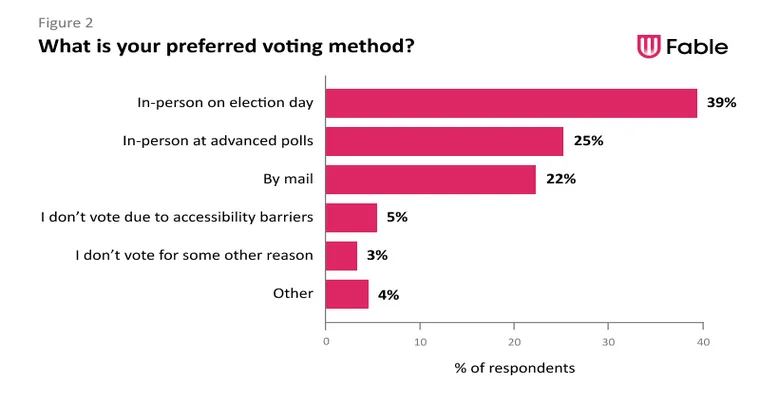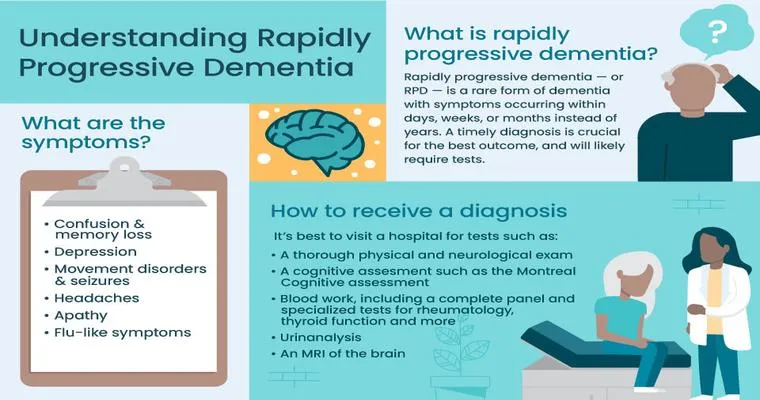Voting is a fundamental right that empowers citizens to have a say in their governance. However, individuals residing in "facilities" such as nursing homes, assisted living centers, or rehabilitation centers often face unique challenges when it comes to participating in the electoral process. Understanding these challenges and the insights they provide can help ensure that everyone, regardless of their living situation, can exercise their right to vote.
One of the primary challenges faced by residents in facilities is "accessibility". Many facilities may not have the necessary resources or infrastructure to facilitate voting. This can include everything from physical access to polling places to providing adequate information about the voting process. Ensuring that these individuals can easily cast their votes requires collaboration between facility administrators, local election officials, and community organizations.
Additionally, there is often a lack of "awareness" among residents regarding their voting rights. Many individuals in facilities may not realize that they are eligible to vote or may feel intimidated by the process. Education campaigns tailored to these populations can help demystify voting and empower residents to participate actively in elections. Providing clear information about registration, voting methods, and deadlines is crucial in ensuring higher voter turnout among those in facilities.
Moreover, the concept of "inclusivity" in voting cannot be overlooked. Facilities should strive to create an environment where residents feel encouraged to engage in the electoral process. This can involve organizing group discussions, hosting candidate forums, and allowing residents to share their opinions on various issues. By fostering an inclusive culture, facilities can help residents feel more connected to the democratic process.
Technology also plays a significant role in facilitating voting for those in facilities. The rise of "remote voting" options, such as mail-in ballots and online voting, has made it easier for individuals with mobility issues or health concerns to participate. Facilities should work closely with election officials to ensure that residents are aware of these options and have the necessary support to utilize them effectively.
Furthermore, the impact of "advocacy groups" cannot be underestimated. Organizations focused on voting rights can provide vital resources and support to help residents navigate the voting process. These groups can assist in outreach efforts, provide training for facility staff, and ensure that residents understand their rights. By working together, advocacy groups and facilities can create a more accessible voting environment.
In conclusion, while voting by those in facilities presents unique challenges, it also offers valuable insights into the importance of accessibility, awareness, inclusivity, technology, and advocacy. By addressing these factors, we can enhance the electoral participation of individuals in facilities and ensure that their voices are heard in the democratic process. It is essential for society to recognize the importance of facilitating voting for all individuals, regardless of their living circumstances, to uphold the principles of democracy and representation.





